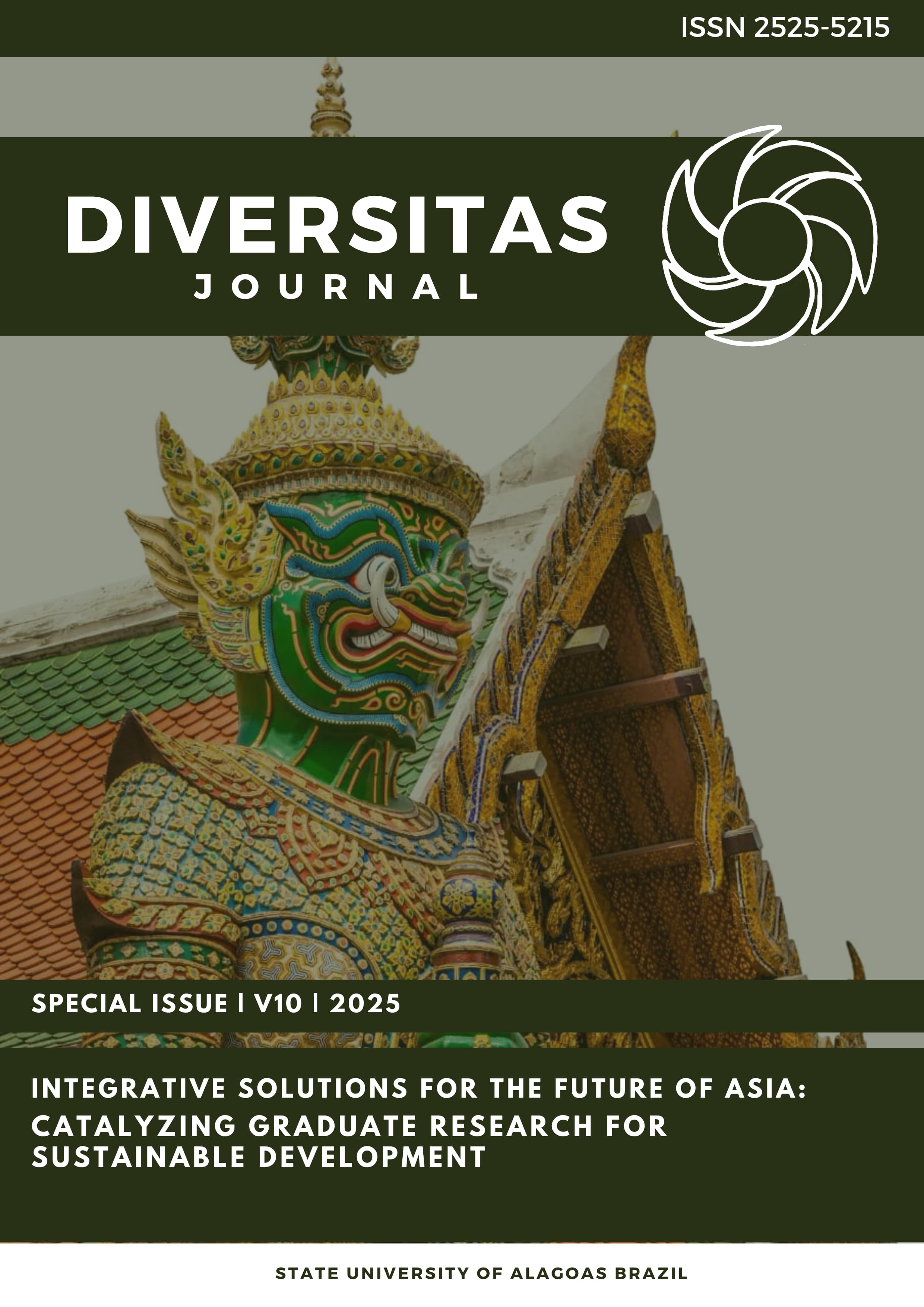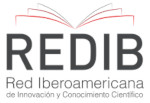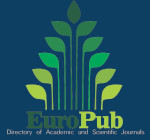Food ration: Tinola in a cup with dehydrated rice for disasters
DOI:
https://doi.org/10.48017/dj.v10ispecial_1.3184Palabras clave:
Food Ration, Tinola, Dehydrated Chicken, Dehydrated RiceResumen
Food rations are commonly used by the military during their mission. It is a calculated meal that is ready to eat. It usually comes in foil packs. The Philippines is one of the countries located in the Pacific region that commonly experience storms that often cause people to evacuate from their homes. Relief goods are given to those who are affected. This research aims to create a food ration that is healthier and easier to prepare as an alternative to relief goods distributed during calamities. The product that is being developed is under the category of processed food and ready- to-eat. Processed food contains sodium while chicken in which is the source of protein. Hence, these two nutrients are included in the study. Experimental results show that dehydration of chicken using electric dehydrator for 8 hours retains nutrients and eliminated moisture that is considered as the medium for microbiological growth. The final sample of dehydrated chicken has 0.85 water activity and categorize as intermediate moisture content, there is less chances of microbiological growth. While for dehydrated rice final sample the water activity is 0.86, under intermediate moisture content. The dehydrated chicken and rice contain nutrients that are necessary for the category of food ration that is given in situations that have limited water and energy that are needed in cooking.
Métricas
Citas
Cardello, A. V., Schutz, H. G., & Lesher, L. L. (2007). Consumer perceptions of foods processed by innovative and emerging technologies: A conjoint analytic study. Innovative Food Science & Emerging Technologies, 8(1), 73-83.
Domínguez-Niño, A., Lucho-Gómez, A. M., Pilatowsky-Figueroa, I., López-Vidaña, E. C., Castillo-Téllez, B., & García-Valladares, O. (2020). Experimental study of the dehydration kinetics of chicken breast meat and its influence on the physicochemical properties. CyTA-Journal of Food, 18(1), 508-517.
Torrieri, E. (2015). Storage stability: Shelf life testing. In Encyclopedia of food and health (pp. 188-192). Elsevier Inc..
Mediani, A., Hamezah, H. S., Jam, F. A., Mahadi, N. F., Chan, S. X. Y., Rohani, E. R., ... & Abas, F. (2022). A comprehensive review of drying meat products and the associated effects and changes. Frontiers in nutrition, 9, 1057366.
Singh, P., Wani, A.A., & Langowski, H.-C. (Eds.). (2016). Food Packaging Materials: Testing & Quality Assurance (1st ed.). CRC Press. https://doi.org/10.1201/9781315374390
Thuy, N. M., Hang, L. T., Triep, L. T., Tan, N. D., & Tai, N. V. (2020). Development and nutritional analysis of healthy chicken soup supplemented with vegetables in Viet Nam. Food Research, 4(1), 113-120.
World Health OrganizationFood and Nutrition Needs in Emergencies. https://apps.who.int/iris/bitstream/handle/10665/68660/a83743.
Mohammed, H. H. H., Jin, G., Ma, M., Khalifa, I., Shukat, R., Elkhedir, A. E., ... & Noman, A. E. (2020). Comparative characterization of proximate nutritional compositions, microbial quality and safety of camel meat in relation to mutton, beef, and chicken. LWT, 118, 108714.
Descargas
Publicado
Cómo citar
Número
Sección
Licencia
Derechos de autor 2025 Freya Gay Jingco, Anna Dominique Salunga

Esta obra está bajo una licencia internacional Creative Commons Atribución 4.0.
O periodico Diversitas Journal expressa que os artigos são de unica responsabilidade dos Autores, conhecedores da legislação Brasileira e internacional. Os artigos são revisados pelos pares e devem ter o cuidado de avisar da possível incidencia de plagiarismo. Contudo o plagio é uma ação incontestavel dos autores. A Diversitas Journal não publicará artigos com indicios de Plagiarismos. Artigos com plagios serão tratados em conformidade com os procedimentos de plagiarismo COPE.
A violação dos direitos autorais constitui crime, previsto no artigo 184, do Código Penal Brasileiro:
“Art. 184 Violar direitos de autor e os que lhe são conexos: Pena – detenção, de 3 (três) meses a 1 (um) ano, ou multa. § 1o Se a violação consistir em reprodução total ou parcial, com intuito de lucro direto ou indireto, por qualquer meio ou processo, de obra intelectual, interpretação, execução ou fonograma, sem autorização expressa do autor, do artista intérprete ou executante, do produtor, conforme o caso, ou de quem os represente: Pena – reclusão, de 2 (dois) a 4 (quatro) anos, e multa.”















.png)




